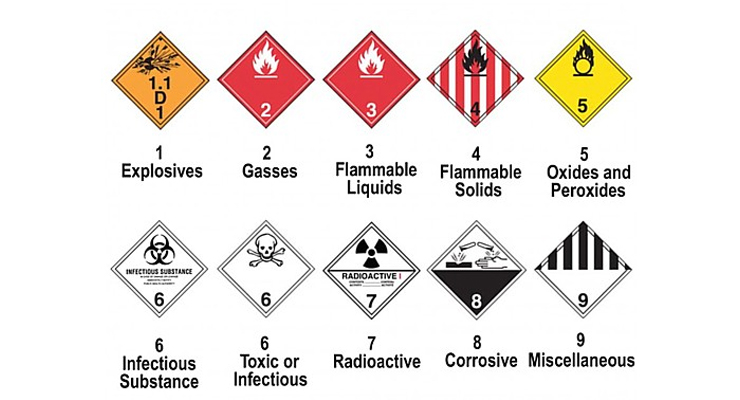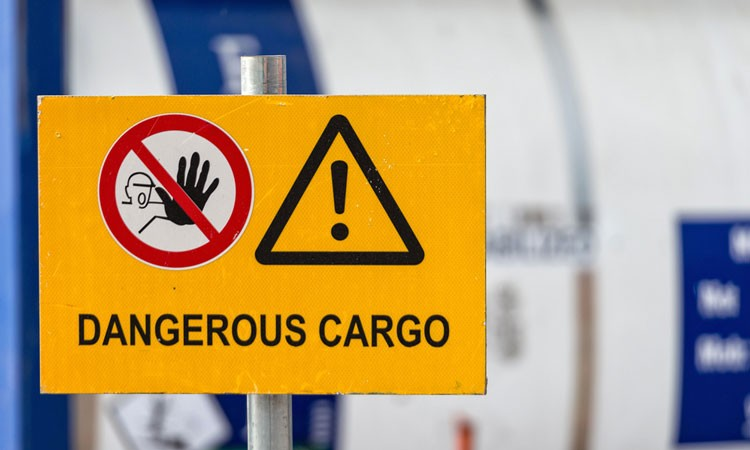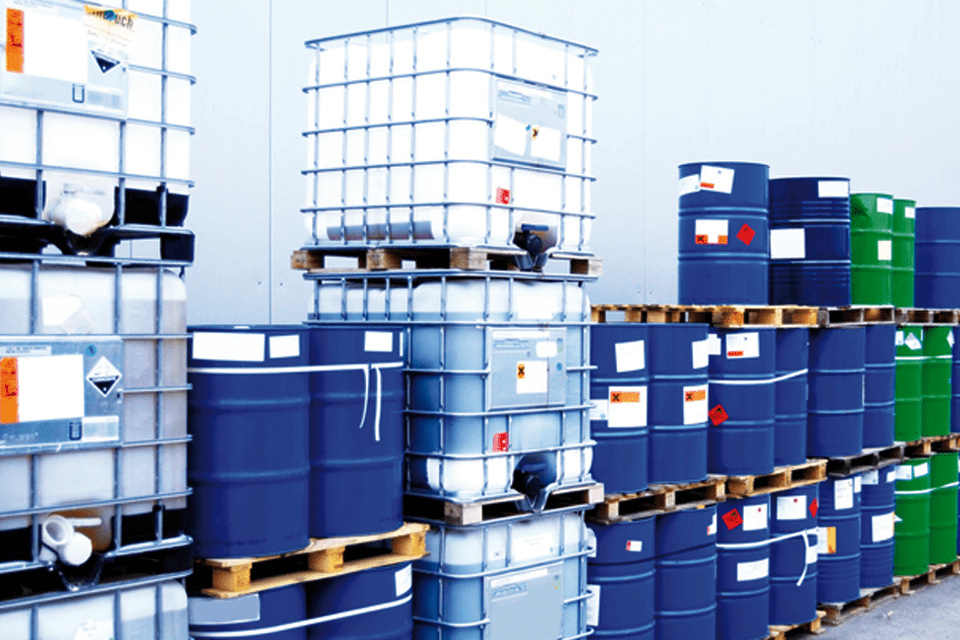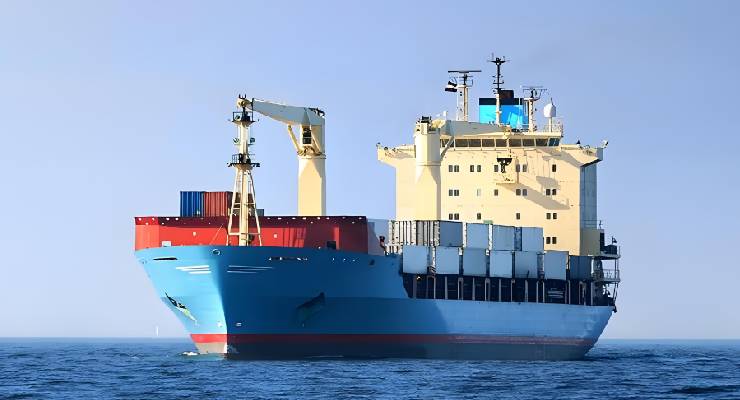
What is Dangerous Goods?
Dangerous goods (also known as hazardous materials or hazmat) are articles or substances which are capable of posing a hazard to health, safety, property or the environment and which are shown in the list of dangerous goods in the IATA Dangerous Goods Regulations or which are classified according to those Regulations. It's crucial that they're handled with utmost care right from the beginning to the end of the shipping process. Dangerous goods can be in solid, liquid, or gaseous forms. They can be corrosive materials as well as items of daily use like perfumes. Many dangerous goods are transported in a tank container. It provides safety in transportation and also helps in bulk transportation since tank containers are stackable.
Dangerous goods shipping: 9 types of hazardous goods
Class 1: Explosives
As the name suggests, explosives are materials that can rapidly conflagrate or detonate as a consequence of a chemical reaction. These are further divided into six sub-classes. Some examples include explosives such as fireworks, flares, and gunpowder.
Class 2: Gasses
This class includes gases that pose a risk to the safety of humans or the environment. Gasses can be compressed, liquified, dissolved, refrigerated, or a mixture of two or more gasses. This class is also divided into three sub-sections. Examples of gasses are helium, oxygen, chlorine, etc.
Class 3: Flammable liquids
A flammable liquid is a liquid, a mixture of liquids, or a liquid containing solids that has a very low ignition temperature. This means that these liquids ignite easily. They are very dangerous to transport as they are extremely volatile and combustible. Examples are kerosene, acetone, gas oil, etc.
Class 4: Flammable solids
Just like flammable liquids, there are flammable solids that are easily combustible. Flammable solids are further divided into three sub-categories. Some examples include metal powders, sodium batteries, activated carbon, etc.
Class 5: Oxidizing substances
This class includes oxidizing agents and organic peroxides. These goods are extremely reactive because of their high oxygen content. They can combust easily. Examples are lead nitrate and hydrogen peroxide.
Class 6: Toxic and infectious substances
As the name suggests, toxic substances pose a threat to humans if swallowed, inhaled, or through skin contact. Similarly, infectious substances can cause disease in humans or animals. Some examples include medical waste, dyes, biological cultures, etc.
Class 7: Radioactive material
These substances need no introduction. They’re extremely dangerous if they become unstable. These materials can pose a serious threat to humans and the environment. Examples are medical isotopes and yellowcake.
Class 8: Corrosives
Corrosive materials degrade or disintegrate other materials upon contact. They’re highly reactive and produce a positive chemical effect. Some examples are batteries, chlorides, and paints.
Class 9: Miscellaneous goods
This category includes all the other materials that are dangerous but are not part of the above classes. For example, dry ice, marine pollutants, motor engines, etc.

What documents are need for shipping dangerous goods?
Here are some of the important documents you need if your company wants to ship dangerous goods. Material safety data sheet (MSDS), Dangerous goods declaration, Dangerous goods manifest, Transport emergency card, Container packing certificate.
Transporting dangerous goods requires special containers, trained professionals, correct classification and labelling of goods. You also require the right documents and should know all the regulations to safely transport dangerous goods.
-
 A Comprehensive Guide to Refrigerated ContainersJun 17,2025
A Comprehensive Guide to Refrigerated ContainersJun 17,2025 -
 Guide to 20ft & 40ft Shipping Container Dimensions for Global LogisticsJun 17,2025
Guide to 20ft & 40ft Shipping Container Dimensions for Global LogisticsJun 17,2025 -
 How to track shipments sent from ChinaMay 13,2025
How to track shipments sent from ChinaMay 13,2025 -
 Guide to Importing and Shipping Cars from China to UAEMay 13,2025
Guide to Importing and Shipping Cars from China to UAEMay 13,2025 -
 Guide to Importing and Shipping Camping Gear from ChinaMay 07,2025
Guide to Importing and Shipping Camping Gear from ChinaMay 07,2025 -
 Shipping from China to YemenMay 06,2025
Shipping from China to YemenMay 06,2025

